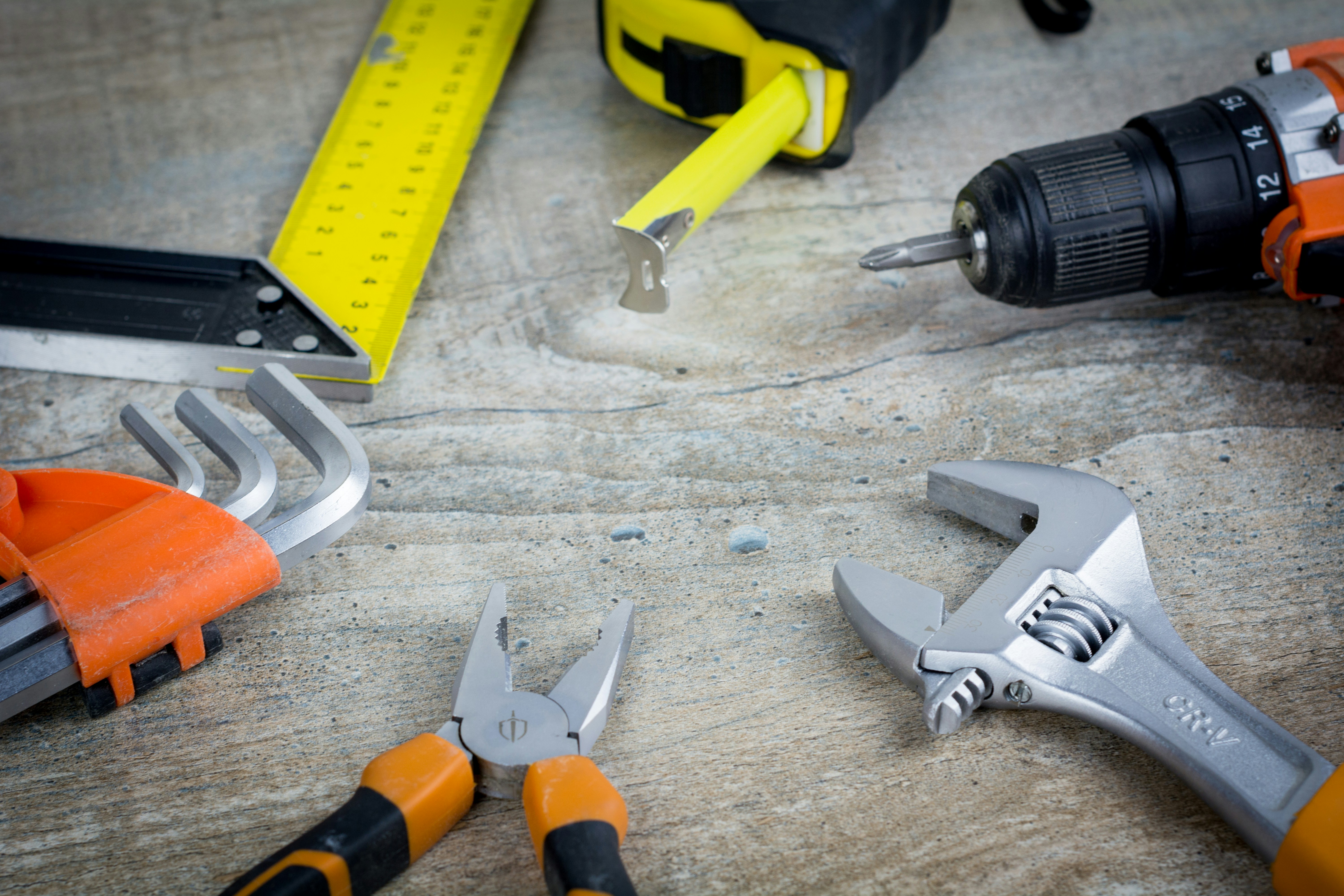Introduction: The Allure of Cheap Tools
In today’s market, the appeal of cheap tools can be undeniably persuasive to consumers seeking budget-friendly options. Many individuals often gravitate towards these lower-priced alternatives, perceiving them as smart financial decisions. The initial cost advantage of cheap tools can create a false sense of security, suggesting that these products can adequately meet basic needs without the burden of a hefty price tag. This perception is reinforced by the notion that tools, particularly for casual or infrequent users, do not require a significant investment when there are countless inexpensive options available.
Moreover, the marketing strategies employed by manufacturers of budget tools frequently emphasize value proposition, thus tempting consumers who may be deterred by the higher costs associated with professional-grade equipment. The convenience and availability of cheap tools further enhance their appeal. Major retailers often stock an extensive range of these products, making them easily accessible for the average consumer. This ready availability, combined with enticing price points, leads many individuals to believe they are making rational choices for their tool needs.
However, such considerations may overlook critical factors, including quality, durability, and overall performance of the tools in question. While initial savings can be significant, the long-term costs associated with cheap tools often outweigh these upfront benefits. As tools are put to use, their limitations become evident—higher failure rates, limited functionality, and the need for replacements can transform the supposed savings into unexpected expenses. Consequently, it is essential to examine the implications of prioritizing cost over quality and to consider how investing in professional-grade equipment may ultimately lead to greater financial prudence in the long run.
Understanding Quality: What Sets Professional-Grade Tools Apart
The distinction between professional-grade tools and their cheaper counterparts significantly revolves around quality and durability. When evaluating tools, one must consider the materials used in their construction; professional-grade tools are often made from higher-quality metals, advanced composites, and durable plastics, which together contribute to a longer lifespan and better performance. For instance, stainless steel components are more resistant to rust and wear compared to standard metal options commonly found in less expensive tools. This means that while initial investment in professional-grade equipment may be higher, the long-term savings due to reduced replacements and repairs are significant.
Moreover, build quality is a critical factor in differentiating professional tools from cheaper alternatives. Professional-grade tools typically benefit from stringent manufacturing processes and are often subjected to rigorous quality controls. This attention to detail ensures not only their structural integrity but also enhances their functionality, which is essential for users who rely on tools for consistent performance. Cheaper tools may skimp on these aspects, leading to frequent breakdowns or failures, ultimately costing more over time due to ongoing maintenance or replacement needs.
Brand reputation also plays a crucial role in the realm of professional-grade tools. Established brands often invest in research and development, leading to innovative features that enhance user experience and efficiency. These features, such as ergonomic designs, advanced safety elements, and improved technology, contribute to the effectiveness of the tools in various applications. The reliability and performance of these advanced tools are aligned with the demands of professionals who require consistency and excellence in their work. As a result, choosing professional-grade equipment not only provides an assurance of quality but also represents a prudent financial decision due to its longevity and superior performance.
The Hidden Costs of Cheap Tools: Breakdowns and Replacement
When it comes to purchasing tools, many consumers are tempted by lower-priced options. However, these cheap tools often come with a range of hidden costs that are not immediately apparent. Frequent breakdowns are one of the most significant issues associated with low-quality equipment. Such tools are typically manufactured with inferior materials and subpar craftsmanship, leading to malfunctions that can occur during critical tasks, resulting in both delays and additional expenses.
For instance, consider a scenario where a tradesperson opts for a budget-friendly power drill instead of investing in a professional-grade model. While the initial purchase price might be appealing, the cheaper drill may break down unexpectedly in the middle of a job. This breakdown can lead to costly delays and additional expenses related to hiring alternative tools or equipment rental. In many cases, the owner might choose to purchase a replacement tool, thus incurring further costs that accumulate quickly.
Moreover, the performance of cheap tools can be significantly compromised compared to their professional counterparts. Poor performance not only hampers productivity but also may affect the quality of work produced. This is particularly evident in industries where precision is crucial. For example, an amateur-grade saw may struggle to make clean cuts, resulting in wasted materials that necessitate their replacement, further increasing overall project costs.
Case studies of various contractors reveal that, over time, spending on cheap tools often surpasses that of professional-grade equipment. In one notable instance, a contractor who chose to save on purchasing equipment ended up spending three times more on replacement tools and repairs over five years. This example illustrates how, at first glance, the lower cost of cheap tools can be deceptive, as the long-term financial implications can be much more substantial and detrimental to one’s business.
Budgeting for Quality: Long-Term Savings with Professional Equipment
Investing in professional-grade tools may appear daunting from a financial perspective due to their higher upfront costs. However, it is essential to consider the financial benefits that such tools afford over the long term. Quality professional equipment typically comes with extended warranties and support, giving users peace of mind. A warranty not only covers repairs and maintenance but also ensures that the investment remains protected against defects. This reduces the potential costs incurred by needing to replace tools frequently, which is often the case with cheaper alternatives.
Additionally, professional-grade tools generally retain higher resale value compared to lower-quality options. When you purchase high-quality equipment, you are more likely to recoup a significant portion of your initial investment when it comes time to sell. Conversely, cheaper tools depreciate much faster, and you could find yourself losing a considerable amount of money in the resale process. This aspect of budgeting for quality provides important insight into how professional tools can be much better investments in the long run.
Another way to evaluate the cost-effectiveness of professional tools is through a cost-per-use analysis. While cheap tools seem economical at the outset, their lower durability can lead to more frequent replacements. When you calculate the total cost associated with purchasing a cheaper tool multiple times throughout its lifespan, the costs can add up significantly. In contrast, purchasing a single high-quality tool that lasts for years often results in a much lower cost per use. This emphasizes the importance of creating a budget that prioritizes the acquisition of quality equipment, underscoring that professional-grade tools ultimately offer superior value and savings over time.
If you’re interested in purchasing the item you seek, please click the link for additional details: #americanachoice.
https://amzn.to/3SBN3Oy
AFFILIATE DISCLOSURE: I am an affiliate for this company, I am not a paid employee.
I may receive a commission if you click a link on this page and choose to purchase something.
You can rest assured I will only share things I believe in and will be valuable to you.



